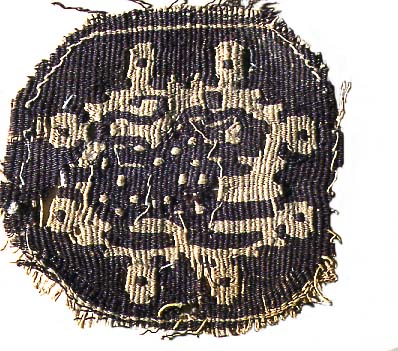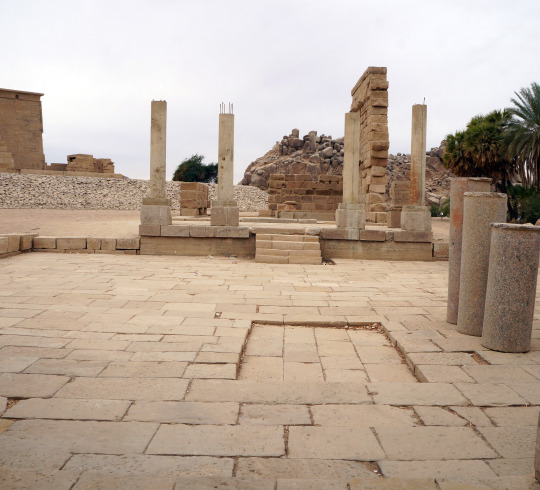 by Deb Harding
by Deb Harding
This woven decoration depicting a picture of a leopard is from an Egyptian tunic, possibly from 3–4th
century C.E.
It is part of the museum’s “Coptic textile” collection. “Coptic” is the Greek word for Egyptian, and “Coptic textiles” are not only associated with Coptic Christians, they were made and worn by Egyptians of all faiths in the post-pharaonic period.
Basic tunic-style shirts were decorated with geometric and figurative patches woven into the otherwise plain linen cloth. There might be a border around the neck with a medallion at the end or bands over the shoulders. Medallions might also appear on the shoulders and near the hems of the shirt. Placement and decoration type changed with fashion, as did the length of hem and sleeves, just like today’s fashions.
The museum purchased this collection in 1934 from the Goebelen-Munchener Manufaktur company. The company said they purchased it in 1929 from the impoverished widow of a Swedish archaeologist.
The illustration of tunic styles below is from Textiles from Medieval Egypt, A.D. 300-1300 by Thelma K. Thomas, published by Carnegie Museum of Natural History in 1990. The leopard medallion is used as
the cover art for the booklet.

Deb Harding is a collection manager in Carnegie Museum of Natural History’s Section of Anthropology. She frequently blogs and shares pieces of the museum’s hidden anthropology collection, which is home
to over 100,000 ethnological and historical specimens and 1.5 million archaeological artifacts.











